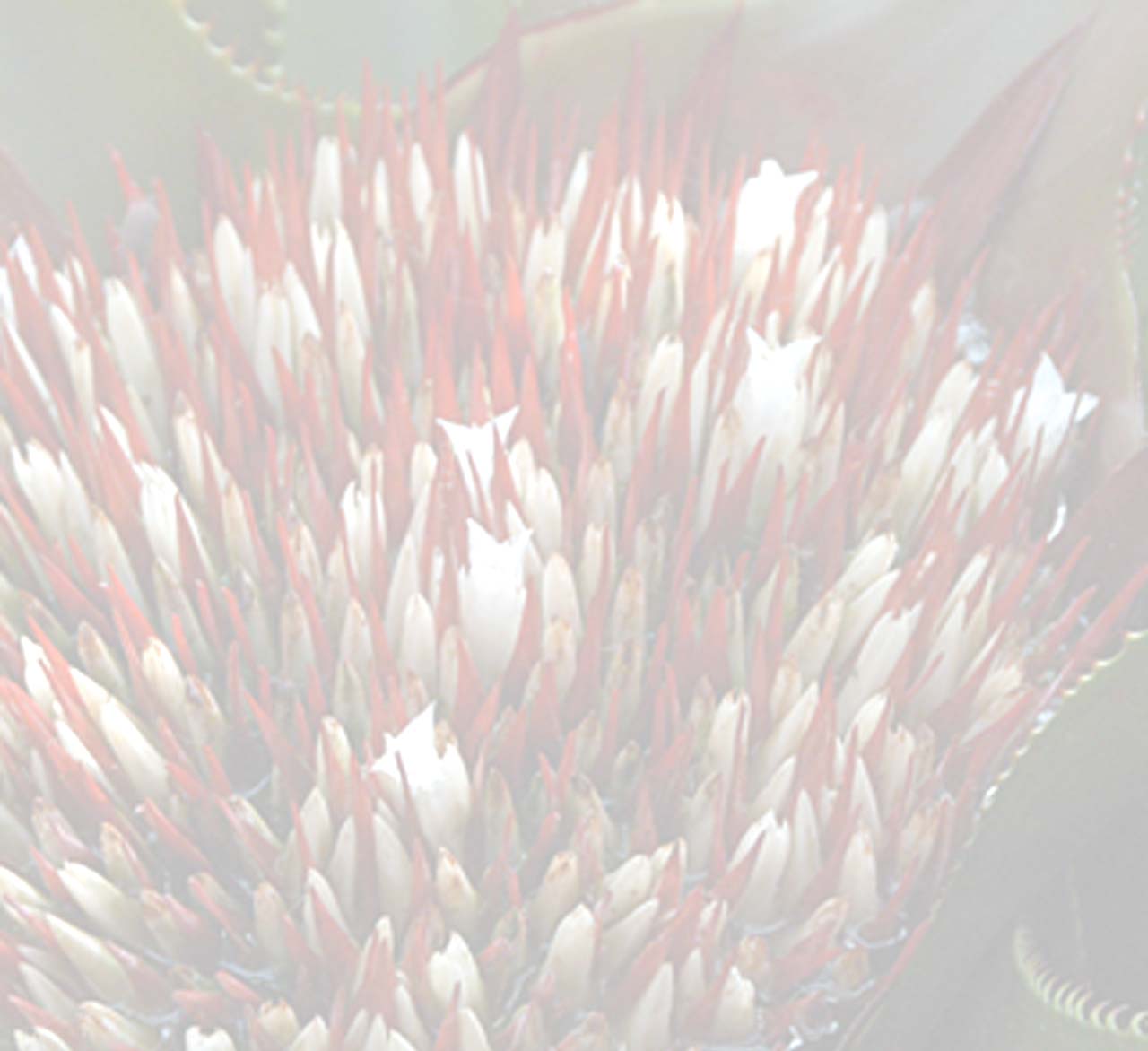Wittrockia superba Lindm.
Taxonomic Change:
Literature references:
*move your mouse pointer over the page numbers to see comment
Comments:
- DISCUSSION
In the protologue of W. superba, Lindman cited two different specimens, one collected by Karl Wilhelm Hjalmar Mosen (1841-1887) , from Sao Paulo, and the other collected by Auguste Francois Marie Glaziou (1828-1906), from Rio de Janeiro.
He did not specify which would be the holotype. He noted that Glaziou's specimen 13251 was dark-reddish-purple on the adaxial surface and crimson near the apex on the abaxial surface, but did not include this characteristic in the description of the species. The drawing shown by Lindman was clearly based on a duplicate of Mosen's specimen 3704, because the sketch strokes of the inflorescence, position of the bracts, and form and position of the leaves are very similar to one of these specimens.
The holotype of W. superba was chosen by Smith & Downs (1979), who opted for Mosen specimen 3704, correctly interpreting both the author's intention and the information available in the protologue, especially the description and the drawing. However, Smith & Downs' (1979) designation is more in step with the concept of Art. 9.2 of the Tokyo Code (Greuter et al., 1994), and so should be considered a lectotype. Since Mosen's specimen 3704 is represented by three exsiccata, the material that probably was used to make the sketch of the species is considered here to be the lectotype and the two remaining duplicates are therefore isolectotypes (page 97).
Wittrockia superba is an easily recognized species. It is a large plant with leaves usually over a meter long. Leaf-blade margins are strongly spinose, with spines 3-5mm long, and the leaf apex is almost always tinged a vivid red, thus facilitating identification of sterile material in the field. The inflorescence is deeply embedded in the center of the leaf rosette and is intermediate to the rest of the species in this genus, for it is not of the involucral type nor is it cup-shaped, since the outer primary bracts are narrow. These primary bracts turn dark red, a pattern which is seen throughout the nidularioid complex. The shortly pedicellate flowers also reveal the intermediate phylogenetic position of this taxon. This trait is shared only with W. spiralipetala, the most problematic taxon in the genus. Also of interest are the petals of this species which equal or slightly exceed the sepals in length.
DISTRI BUTION & HABITAT
Wittrockia superba lives in the Atlantic lowland forest near sea level and on mountain slopes up to 400 m altitude, from the state of Rio de Janeiro to Santa Catarina. It is a mesophyte but does well in full sunlight and so grows as an epiphyte in the upper forest layer and also on rocky substrates in sunny to partly shaded areas, often forming large, tangled thickets. Exceptionally well-suited to the silvicolous habitat, this species is found in the shadier spots of the forest, sometimes even on the ground.
In this case, the plants lose their vivid red leaf apices, a characteristic that makes them recognizable from a distance. W. superba is found in several conservation units, such as Tijuca and Bocaina National Parks.
It is not easy to find a fertile specimen of W. superba in the wild since the plants apparently do not flower every year and when they do, they are usually hidden within large clumps. —See Leme 1997a

